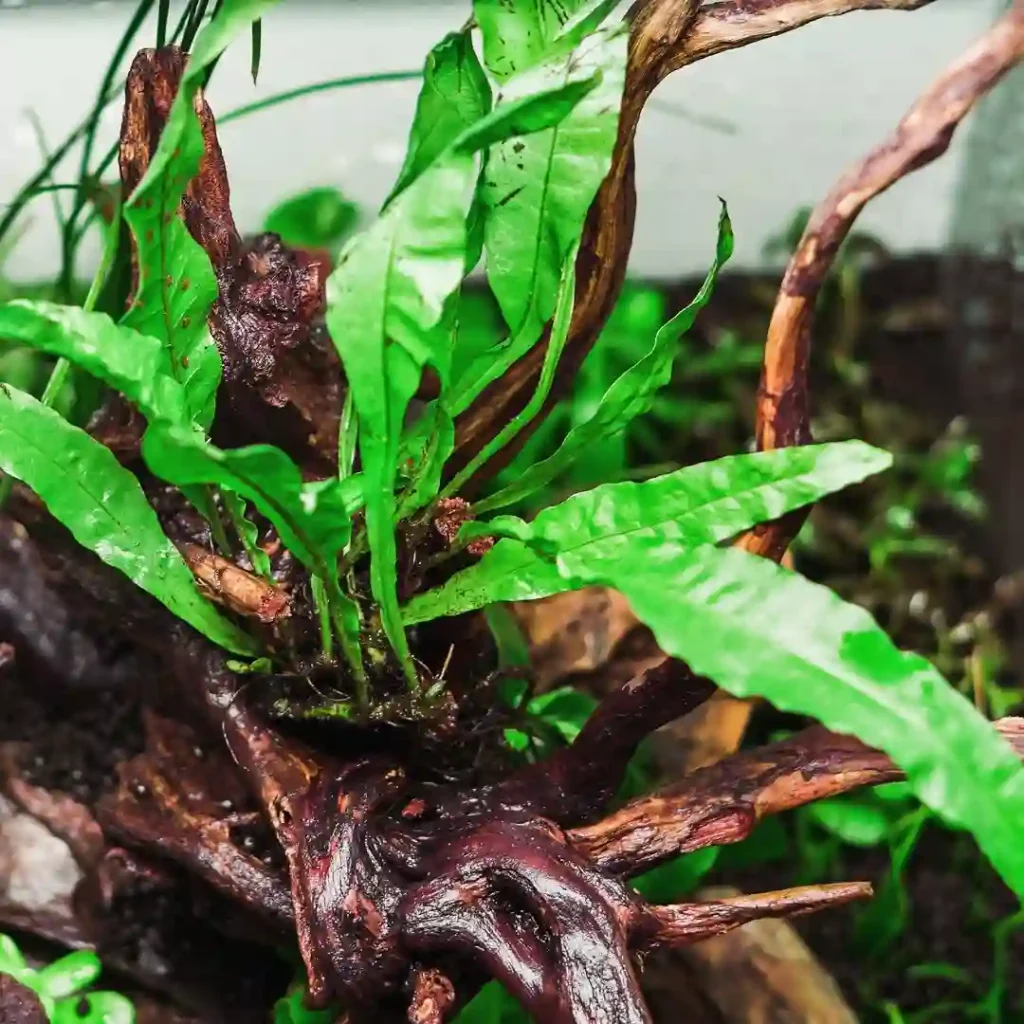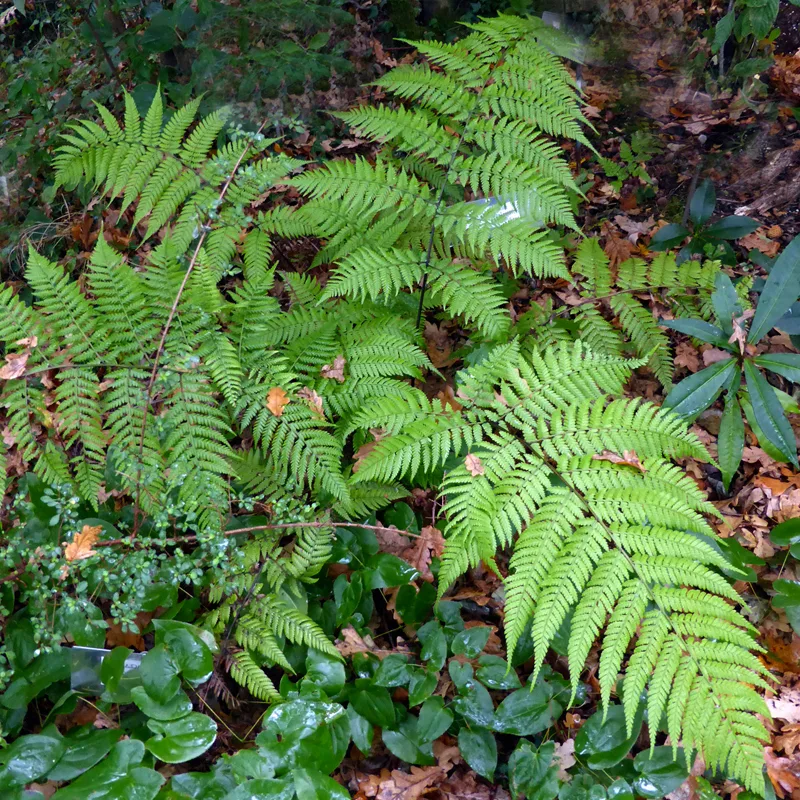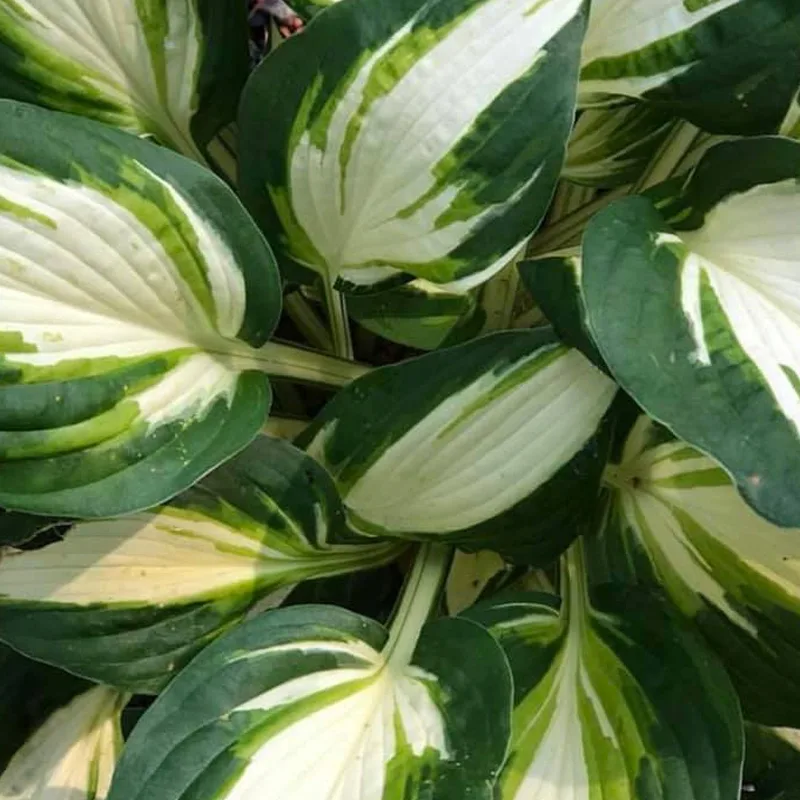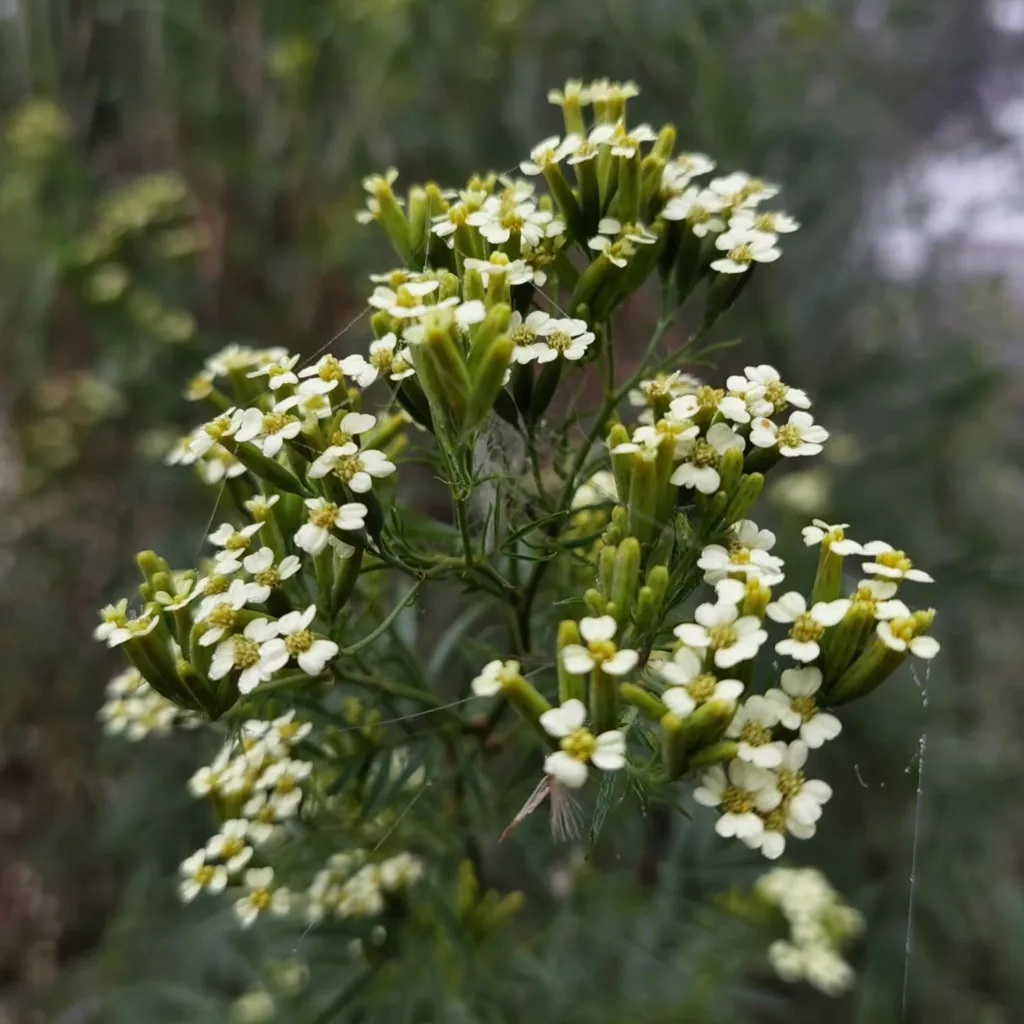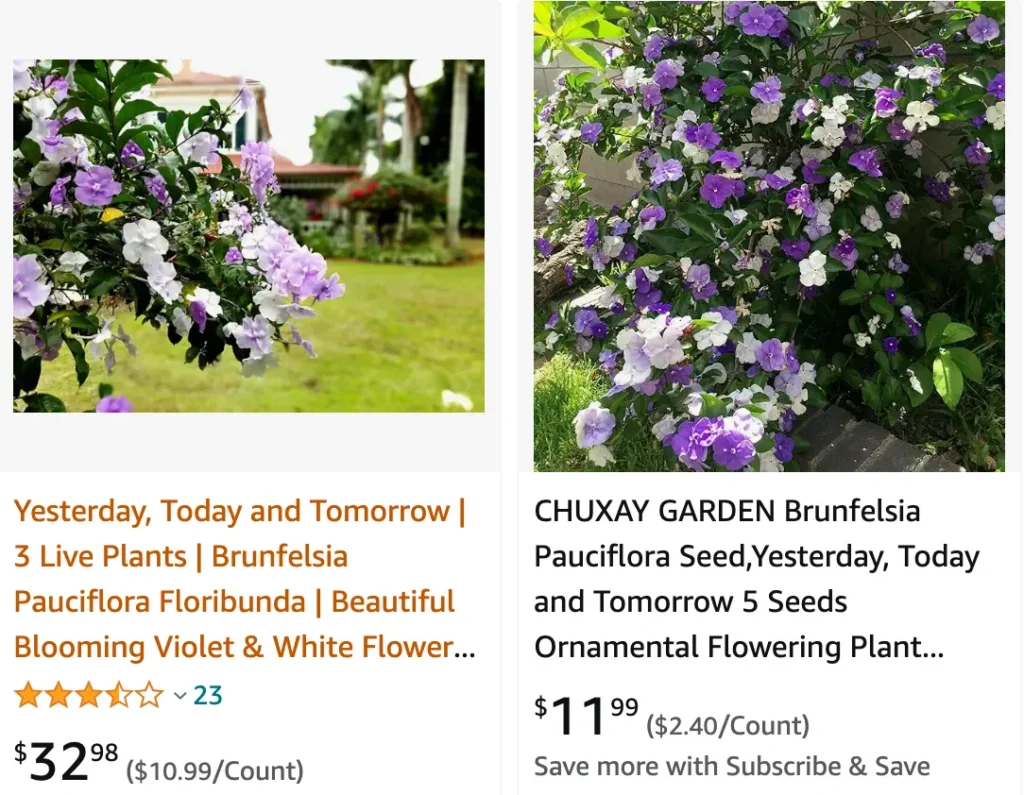
The Enchanting Brunfelsia Pauciflora: A Gardener’s Delight
For years, I’ve been captivated by flowering shrubs that offer a touch of the unexpected. Enter Brunfelsia pauciflora, a plant with a name as delightful as its blooms. Also known as the “Yesterday, Today, and Tomorrow” bush, this captivating shrub boasts flowers that change color as they mature, putting on a mesmerizing display in the garden.
Brunfelsia pauciflora isn’t just visually stunning; it’s also relatively easy to care for. But before you rush out and buy one, there are a few things to consider. In this article, I’ll share my experiences growing Brunfelsia pauciflora, answer some common questions, and equip you with the knowledge to cultivate this enchanting plant in your own garden.
49 Species in Genus Brunfelsia
Can Brunfelsia pauciflora be grown in clay soil?
Clay soil can be tricky for some plants, but Brunfelsia pauciflora can adapt reasonably well. However, the key is ensuring proper drainage. Clay tends to retain water, which can lead to root rot in Brunfelsia. Here’s how to create the ideal conditions:
- Amend the soil: Mix compost, aged manure, or other organic matter into the planting hole to improve drainage and provide nutrients. Aim for a 50/50 mix of clay and organic matter.
- Raised bed: Consider planting Brunfelsia pauciflora in a raised bed filled with a well-draining potting mix. This gives you more control over the soil composition.
- Mounding: If planting directly in the ground, create a mound for the Brunfelsia to sit on. This allows excess water to drain away from the roots.
How to propagate Brunfelsia pauciflora?
There are two main ways to propagate Brunfelsia pauciflora: seeds and cuttings. While seeds are an option, they can be slow and take longer to mature into flowering plants. Cuttings are a more reliable and faster method.
Here’s how to take a cutting:
- Choose a healthy, non-flowering stem tip with several nodes.
- Make a clean cut just below a node with a sharp knife or pruners.
- Remove the lower leaves, leaving a couple of nodes exposed.
- Dip the cut end in rooting hormone (optional but can improve success rate).
- Plant the cutting in a pot filled with a well-draining potting mix.
- Water well and keep the soil moist but not soggy.
- Place the pot in a warm, brightly lit location (indirect sunlight).
- Be patient – it can take several weeks for roots to develop.
How to trim Brunfelsia pauciflora?
Trimming Brunfelsia pauciflora isn’t essential but can be beneficial for maintaining a desired shape and encouraging bushier growth. Here’s what to keep in mind:
- The best time to prune is after the flowering season has finished.
- Use sharp pruners to make clean cuts.
- Remove any dead, diseased, or damaged branches.
- You can also lightly trim leggy stems to encourage branching.
- Avoid drastic pruning, as this can reduce flowering.
Additional Tips for Brunfelsia Pauciflora Success
- Light: Brunfelsia pauciflora prefers full sun to part shade. In hot climates, afternoon shade is beneficial.
- Watering: Water regularly, especially during hot weather, allowing the soil to dry slightly between waterings.
- Fertilizer: Apply a balanced fertilizer during the growing season.
- Pests and diseases: Brunfelsia pauciflora is generally pest and disease resistant. However, keep an eye out for aphids, mealybugs, and fungal diseases.
With a little care, Brunfelsia pauciflora will reward you with a captivating floral display that changes colors throughout the bloom cycle. So, if you’re looking for a conversation-starting plant that’s relatively easy to care for, consider adding this botanical wonder to your garden. Remember, the key is well-draining soil, regular watering, and occasional trimming to keep your Brunfelsia pauciflora thriving for years to come.
If i die, water my plants!
